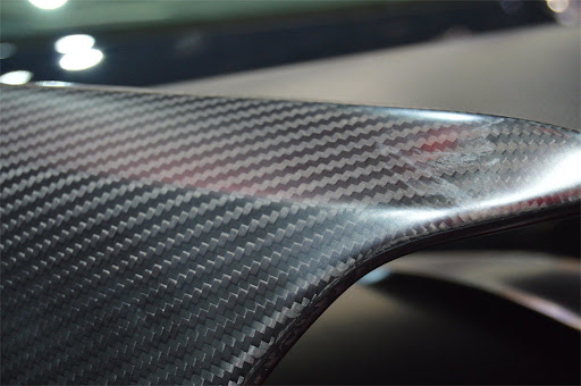Application > Composite structures
Composites
Application notes for everything related to composite inspection
Background
In recent years, the use of composite materials has dramatically increased in sectors like aerospace due to the weight redution it offers. Composites are essentially materials made up of 2 or more phases or constituent parts, predominantly plastics reinforced with carbon fibers.
They can be formed into various shapes to increase their strength and layered with fibers running in a different directions, to allow designers to form structures with unique properties. In this case, we refer to Fiber reinforced polymers where the fibers are typically carbon (CFRP -carbon fiber reinforced polymer), fiberglass and aramid. There are others such as basalt and boron reinforced.

Challenges
Composite parts that require inspection vary in shape, thickness, and surface condition from one to the other. They are sometimes geometrically complex and interior access to the surface is difficult if not impossible when in service.

Fiber Glass and Carbon Fiber Laminates
Carbon Fiber-Reinforced Polymer (CFRP) and Glass Fiber-Reinforced Polymer (GFRP) composite materials are widely used in a variety of applications such as aerospace structures, wind turbine blades, and the automotive industry.
Nondestructive testing (NDT) and inspection of these materials are necessary to control the quality of the parts and inspect for anomalies in the structures given the manual layup work involved.
Composite Honeycomb Structures
Composite honeycomb structures are highly suitable for applications as structural components that require low-mass and flexibility. It is therefore using in fields such as aerospace, marine, and civil engineering. The composite sandwich structure consists of two thin but stiff composite skins separated by a light-weight core.
Because aircraft structures are subjectedto impacts and lightning strikes, reliable and efficient Nondestructive Testing (NDT)methods are needed to quickly assess possible damage.

